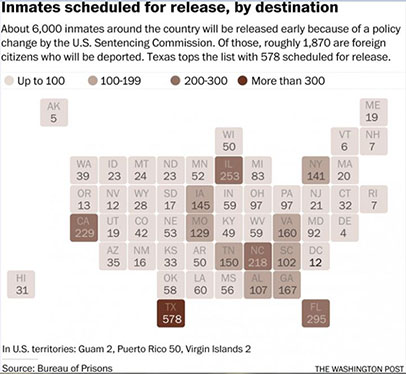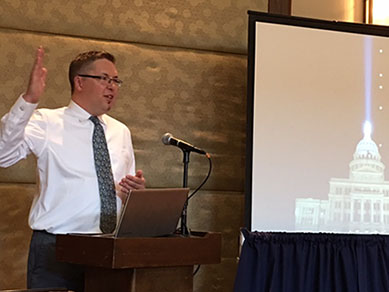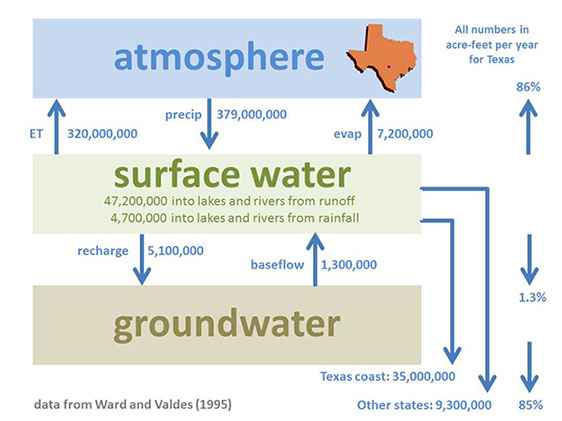
1. Reimagining Courts: A Design for the Twenty-First Century By Victor E. Flango and Thomas M. Clarke
Calls for a re-examination of courts’ essential functions to determine if they are meeting the needs of litigants and to clarify the mismatch between how individuals perceive courts and their actual workloads. Outlines proposals for reform and barriers to their implementation. Offers a comprehensive and integrated redesign of state and local courts to realign and reconcile court duties with different methods of case processing that increase access to justice, improve customer service, and maximize financial resources. Provides examples of courts that are successfully using recommended practices.
Temple University Press, 2015. 215 pages.
347.01 F614R 2015

2. Diversity Explosion: How New Racial Demographics are Remaking America By William H. Frey
Explores the transformational demographic change in the United States as a pivotal period for race in America. Discusses the growth of "new minorities," particularly Hispanics, Asians, and multiracial Americans, and their impact on regional shifts, generational change, neighborhood segregation, interracial marriage, and presidential politics. Charts the economic advances of the black population and the reverse migration of blacks back into the South. Includes discussion of various demographic and voter groups in Texas.
Brookings Institution Press, 2015. 301 pages.
305.8 F898D 2015

3. The Rise of Theodore Roosevelt By Edmond Morris
Profiles the pre-presidential life of Theodore Roosevelt, from his birth in New York City through his service as William McKinley's Vice-President. Includes a deeply researched examination of all aspects of Roosevelt's early life, including his time as a precocious child, a Harvard student, a New York State Assemblyman, a rancher & cowboy, New York City Police Commissioner, Lieutenant-Colonel and leader of the "Rough Riders," New York Governor, and Vice President of the United States. Explores Roosevelt's personal life through his relationship with his family, wives, and children, along with the personal and political friendships developed throughout his life and political career.
Random House, 2010. 920 pages.
973.911 R677M

4. Truth Overruled: The Future of Marriage and Religious Freedom By Ryan T. Anderson
Presents the arguments of a Senior Research Fellow at the Heritage Foundation who believes the Supreme Court's Obergefell v. Hodges, same-sex marriage ruling, was "pure judicial activism." Examines the idea of marriage and consequences of its legal redefinition, the idea of religious liberty as an inherent right, and the perception of "defenders of marriage" as bigots. Explains his arguments are based on philosophy, jurisprudence, political science, and social science and that the book provides those who disagree a better understanding of his arguments, and provides those who agree a better understanding of the nature of the debate.
Regnery Publishing, 2015. 256 pages.
306.81 AN24T 2015

5. Picturing Texas Politics: A Photographic History from Sam Houston to Rick Perry By Chuck Bailey
Presents the military, social, and political history of Texas through a kaleidoscope of iconic images and rare photographs that in some cases have never been published. Captures influential and colorful politicians at work, campaigning, or at home to tell the story of Texas politics from the Republic of Texas to modern day. Compliments this unique collection of photographs with chapter introductions and captions written by historian Patrick Cox.
University of Texas Press, 2015. 230 pages.
320.09764 B151P 2015

6. Give Us the Ballot: The Modern Struggle for Voting Rights in America By Ari Berman
Chronicles the events preceding and following the adoption of the Voting Rights Act (VRA) of 1965. Explores the journey America has endured in its search for voting equality for its citizens; from the Martin Luther King, Jr. lead marches in Selma to recent efforts to thwart minorities from voting. Proposes that tactics such as gerrymandering and voter ID laws, passed under the guise of "combating voter fraud," are motivated by politics, meant to suppress minority voter turnout. Suggests that although the VRA was passed 50 years ago, there are still battles to be fought in the quest for voting rights for all Americans.
Farrar, Straus and Girous, 2015. 372 pages.
324.620973 B456G 2015




